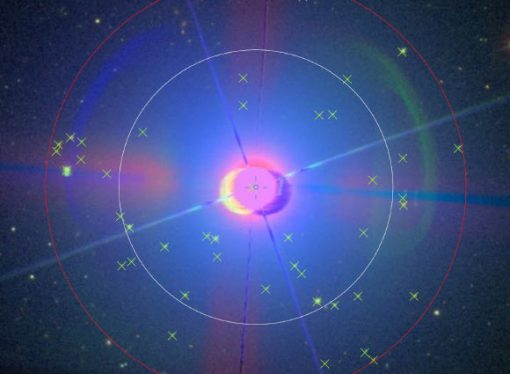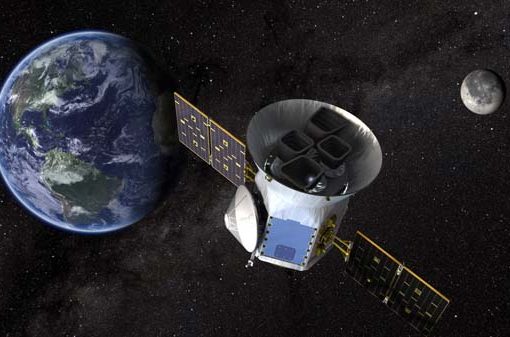Video Archive

- From Around the Web, Space
- November 28, 2020
On May 18, 1991, cosmonaut Sergei Krikalev departed Earth for the Soviet space station Mir. While he was up there, the country that had sent him ceased to exist, making Krikalev – for a few months at least – the “last Soviet citizen”.
READ MORE
- Space
- April 24, 2020
An unprecedented signal from unevenly sized objects gives astronomers rare insight into how black holes spin.
READ MORE

- From Around the Web, Space
- May 30, 2020
Using five years of magnetic field data obtained by NASA’s MAVEN (Mars Atmosphere and Volatile EvolutioN) spacecraft, a team of scientists has created the first-ever map of the electric current systems in the Martian induced magnetosphere. Their results appear in the journal Nature Astronomy.
READ MORE
- From Around the Web, Science & Technology, Space
- September 4, 2020
In a new study to be published in the Monthly Notices of the Royal Astronomical Society, a research team led by University of Manchester astronomers extended a sample of 1,327 stellar systems recently observed by the Breakthrough Listen Initiative by including additional 288,315 stars that also reside within the target fields of the Robert C. Byrd Green Bank Telescope in West Virginia and CSIRO’s Parkes radio telescope in Australia — increasing the number of stars analyzed by a factor of more than 200. Their results suggest that less than 0.04% of stellar systems have the potential of hosting advanced civilizations with the equivalent or slightly more advanced radio technology than 21st century humans.
READ MORE

- From Around the Web, UFO News
- January 18, 2022
The town is home to a striking mountain that residents believe attracts flying saucers.
READ MORE
- From Around the Web, Space
- August 13, 2020
On July 4, NASA’s Transiting Exoplanet Survey Satellite (TESS) finished its primary mission, imaging about 75% of the starry sky as part of a two-year-long survey.
READ MORE
